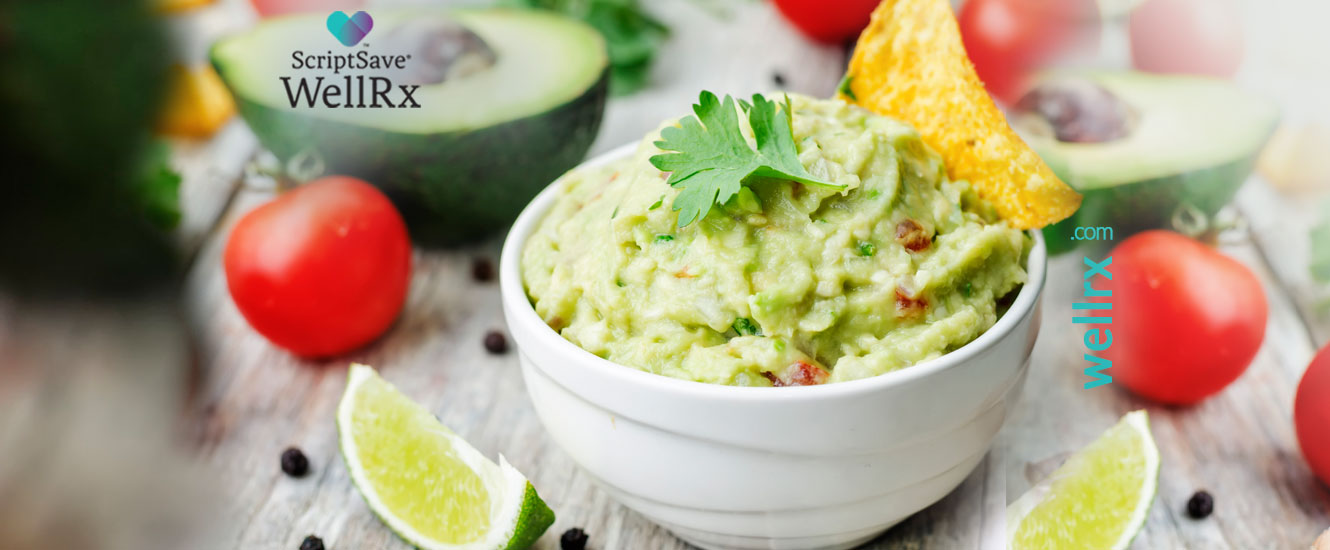Balancing blood sugar is super important for all people of all ages, as it affects energy levels and can affect the overall optimization of your health and well-being. Many people don’t realize how easy it can be to balance their blood sugar. However, it is also important to understand how levels can change with age. Read this article to learn more!
How to balance your blood sugar using carbs, fat, and protein
When it comes to balancing blood sugar, balancing your meals and snacks is the first step. To do this, it is essential to have a fundamental understanding of the three macronutrients: carbs, fats, and proteins. This is important as the three macronutrients affect blood sugar differently.
Carbs provide the body with quick energy. They are the body’s fastest digesting macronutrient, as the body can break carbs down the easiest to access and use them for energy. Foods that are good sources of carbohydrates include fruits, vegetables, grains, and legumes. It is important to pair carbs with fats and/or protein to prevent blood sugar spikes.
Fats are the second macronutrient, and they are great for aiding in satiety or the feeling of fullness. This is because fats are the most calorically dense of the three macronutrients, providing 9 calories per gram (whereas carbs and protein provide 4 calories per gram).
Because fats are more calorically dense, they also slow the rate of digestion or take longer for the body to process them. For blood sugar balancing, it is helpful to pair carbs with a source of healthy fats, to slow the rate of digestion of the carbohydrate and to balance blood sugar, leading to fewer blood sugar spikes.
Use these snack ideas below as examples of pairing fat and carbs for blood sugar-friendly options:
- Banana (carb) with peanut butter (fat)
- Crackers (carb) with cheese (fat)
- Tortilla chips (carb) with guacamole (fat)
- Toast (carb) with almond butter (fat)
- Oatmeal (carb) with chia seeds (fat)
The third macronutrient is protein. Protein is essential for feeding your lean muscle mass. Protein is found in foods like meats, some dairy products, and plant-based sources like tofu. While some foods may contain ‘bonus’ protein (like beans and nuts), these are not considered complete protein sources as they are missing some of the essential amino acids. Similarly to fats, proteins can be paired with carbohydrates for balancing blood sugar, as protein-based foods also slow the rate of the digestion of carbohydrates.
Use these snack ideas below as examples of pairing protein and carbs for blood sugar-friendly options:
- Greek yogurt (protein) with granola (carb)
- Cottage cheese (protein) and crackers (carb)
- Turkey slices (protein) and veggies (carb)
- Tuna salad (protein) and toast (carb)
How to balance your blood sugar throughout the day
Once you understand the three macronutrients and how to pair them, the next step is to look at the frequency of eating throughout the day. For optimum blood sugar management, trying to eat every 3-5 hours is preferable. While this may not always be possible, eating at this cadence helps to ensure that blood sugar doesn’t get too low (otherwise known as hypoglycemia).
Use some of these example meal and snack ideas (with times provided) as a template for how someone might balance their blood sugar in a given day:
- (9 am) Breakfast- eggs (protein) with toast (carb) and butter (fat)
- (12 pm) Lunch- turkey sandwich with turkey (protein), lettuce (carb), mayo (fat), tomato (carb), whole grain bread (carb)
- (4 pm) Snack- banana bread (carb) with cream cheese/butter (fat)
- (7 pm) Dinner- poke bowl with tuna (protein), seaweed salad (carb), avocado (fat), sesame seeds (fat), rice (carb)
How blood sugar changes with age
As you age, it is common to become more sensitive to carbohydrates, as the pancreas releases insulin less effectively, which is what helps to bring blood sugar levels back down. As the body becomes less sensitive to its own insulin, blood sugar levels can remain elevated for longer. If you find that you haven’t changed much in your diet and that your blood sugar numbers are creeping up, don’t fret, as there are things you can do.
Use these tips to try to optimize your glucose levels (blood sugar), insulin levels, and overall health as you age:
- Examine your exercise routine and try to take walks after meals.
- Examine your diet for sugar and carbohydrate intake, and try to boost your fiber intake.
- Consult the help of a qualified professional who can provide you with tailored diet and lifestyle suggestions.
Overall, when it comes to balancing blood sugar, the key is to understand macronutrients in your meals and snacks throughout the day and to examine how frequently you are eating.
If you are noticing changes as you age, take measures to try to bring blood sugar levels back into an optimal range. Report back, what are some of your favorite balanced meals and snacks for balancing your blood sugar levels?
Jordan Stachel holds a Master’s degree in Nutrition and Dietetics from The University of Southern California and is a Registered Dietitian Nutritionist. She has several years of experience helping clients reach their health goals through her clinical work within private practice. Jordan is most fulfilled when guiding others towards making stepwise, sustainable changes that add up to big results over time. Jordan works with a wide variety of individuals, ranging in age from children through the elderly, with an assortment of concerns and clinical conditions. She helps individuals optimize overall health and/or manage disease states using personalized medical nutrition therapy techniques.
References:
- https://www.hsph.harvard.edu/nutritionsource/what-should-you-eat/protein/
- https://www.hsph.harvard.edu/nutritionsource/healthy-eating-plate/
- https://www.research.colostate.edu/healthyagingcenter/aging-basics/blood-sugar/













 Store & manage your medication list
Store & manage your medication list Medication pricing updates
Medication pricing updates Pill & refill reminders
Pill & refill reminders Medication journal & mood log
Medication journal & mood log